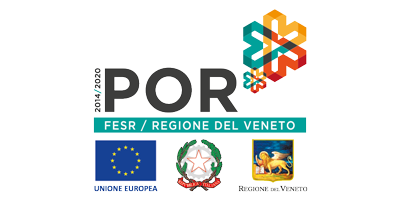Editorials
Sardinian artichoke: ILSA tests in Sassari have highlighted compact heads and vigorous plants.
Visual findings show the best performance of artichoke plants treated with Ilsaforma and Ilsafol 20.20.20.
22/11/2019
The cultivation of artichoke in Sardinia is of ancient tradition and continues to cover 40% of the regional horticultural area (Source: Agris). Until the beginning of the last century, the artichoke was traditionally cultivated following the natural cycle of the plant with awakening to the first autumn rains and production in February-March. Today a forcing technique is being adopted through irrigation during the summer period to obtain anticipated productions during autumn.
ILSA is actually performing field trials in Sassari, using Ilsaforma and Ilsafol 20.20.20, to identify a strategy against plant stress, which may be caused by intensified crop cycles.
Ilsaforma (2.5 kg/ha) was used during foliar treatments in association with Ilsafol 20.20.20 (2.5 kg/ha) for 2 applications spaced every 7-10 days.
At the first visual findings (images below), plants were observed to be vigorous, healthy and with a well-developed leaf apparatus, characterized by an intense green colour, indicating a good photosynthetic activity. The strategy also improves the compactness and consistency of the head, all of which are qualitative aspects that are much appreciated by the market.
Ilsaforma and Ilsafol 20.20.20 nutritional specialties
Ilsaforma naturally improves fruit swelling. It is rich in amino acids, organic nitrogen, vitamins and polysaccharides - all of which are essential during fruits ripening and distension. Natural amino acids present in Ilsaforma determine a rapid increase in fruit size; on the other hand, vitamins regulate biochemical processes within plant and counteract the formation of free radicals, due to environmental and physiological stress.
The product is also enriched with amino acids, alginic acid and mannitol, etc. which promote the translocation of carbohydrates directly to fruits, minimizing the simultaneous nutritional competition between vegetative organs and fruiting organs. Presence of specific amino acids is also important: they have a fundamental function in formation of plant tissues and synthesis of aromas and polyphenols to maintain quality of fruits and vegetables.
This nutritional specialty is to be administered after fruits setting in 2-3 operations every 7-10 days for foliar application at a dosage of 2.5 (kg/ha).
Ilsafol 20.20.20 is a foliar fertilizer characterized by a perfect balance in nitrogen, phosphorus and potassium, which are indispensable elements during fruits and vegetables ripening. Chelated trace elements complete their nutritional efficacy and improve a regular performance of the plant’s biochemical reactions. Ilsafol 20.20.20 is a formulation characterized by high purity components, together with innovative co-formulants (tackifying and carrier agents) which favour rapid and total absorption, as well as quick translocation to different vegetative parts.
The formulation is to be administered during vegetative development and fruits swelling. It is recommended to carry out 2-3 applications each 7-10 days by foliar application.
Ilsafol 20.20.20 comes in a pack of 2.5 kg water-soluble and is easy to use: it is already prepared in its recommended dose to make a single application per hectare.
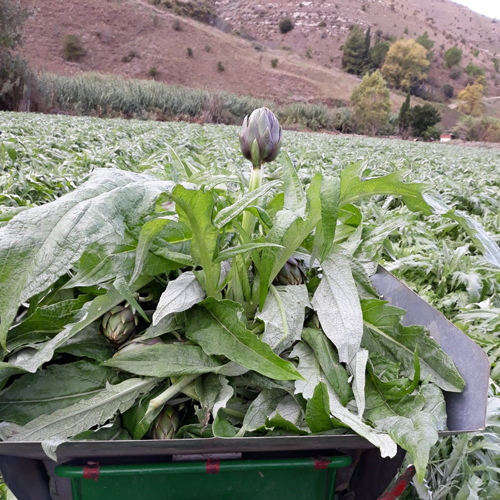
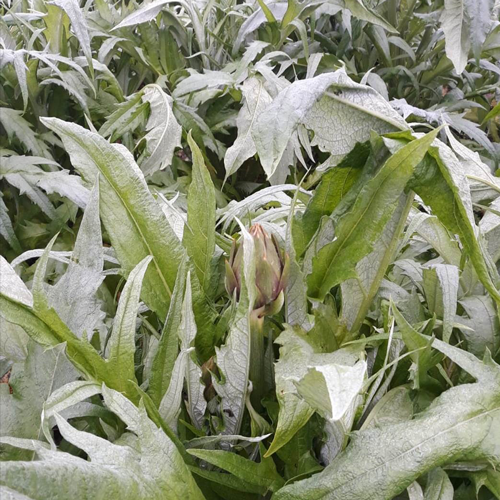
Figure 1: Comparison of head at harvest time - Ilsa thesis on the left and witness on the right.
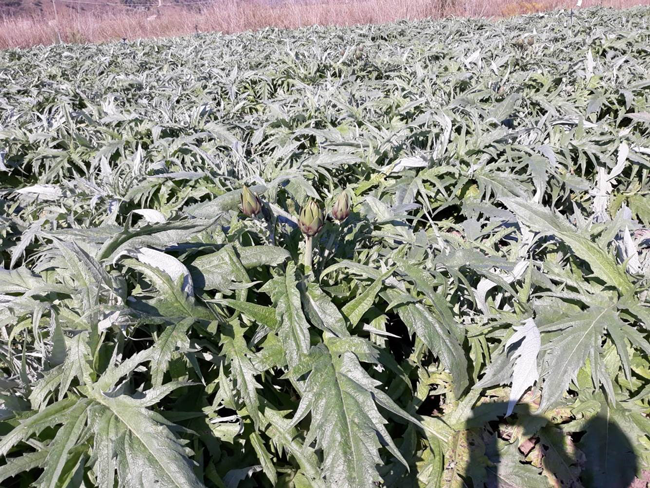
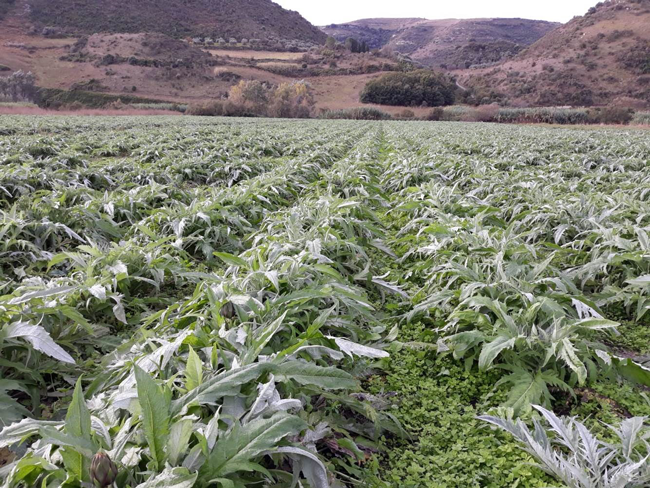
Figure 2: Comparison of heads at pre-harvest time - Ilsa thesis on the left and witness on the right.
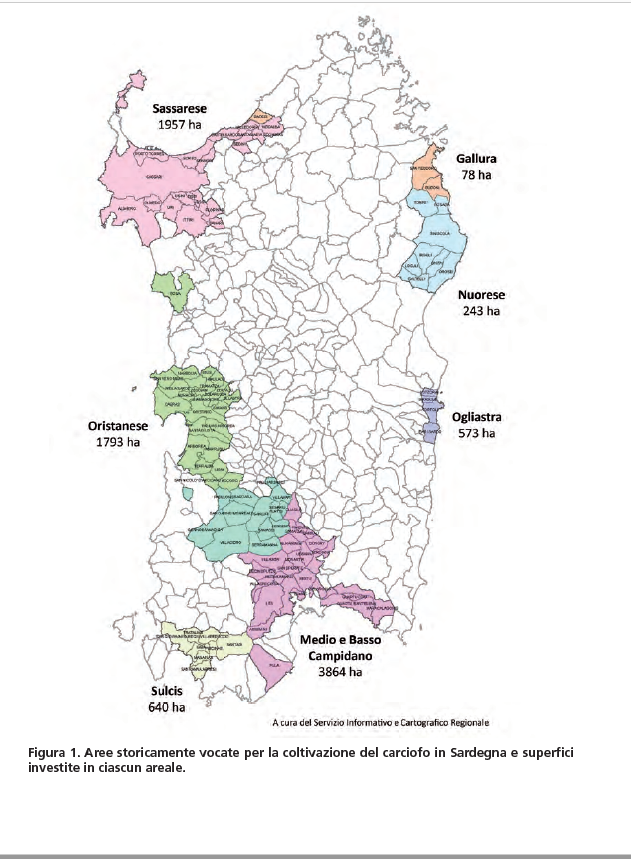
*Areas historically suited for cultivation of artichoke in Sardinia and areas invested in each area (Source Agris). The most common is the local variety "Spinoso sardo" cultivated for 60% of the total area planted with artichoke (Source: Laore 2011-2012), while the remaining 40% is intended for Tema 2000, Romanesco, Violetto and Madrigal varieties.


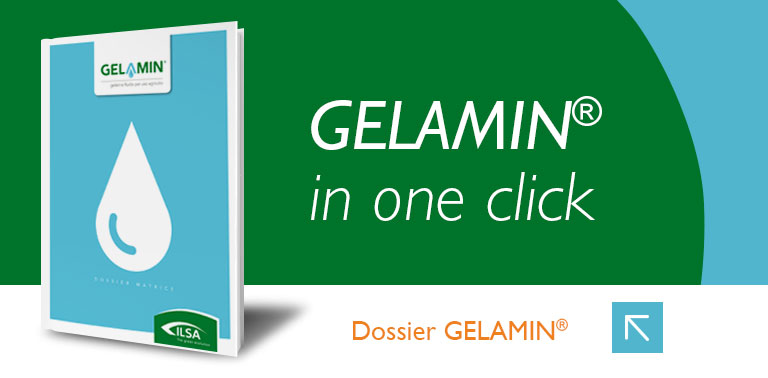
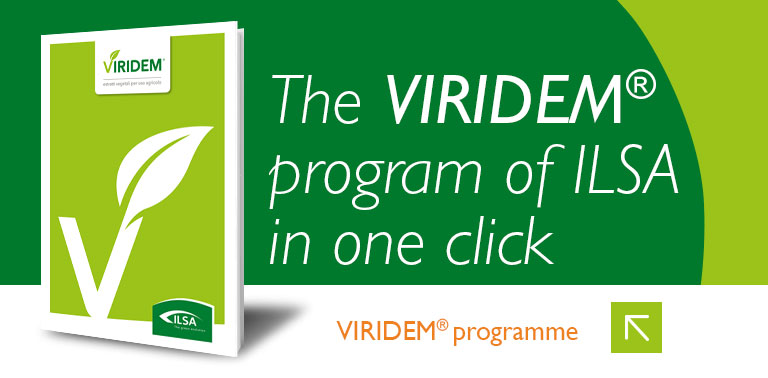

.png)
